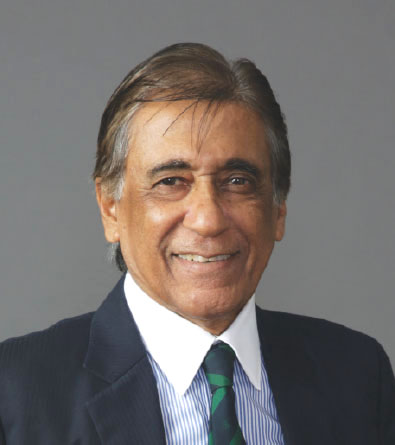
Although Indian education is at a liberalisation and deregulation inflection point three decades after Indian industry was liberalised in the landmark Union Budget of 1991 — when licence permit-quota raj which had cabined, cribbed and confined the Indian economy for over four decades was substantially dismantled — better late than never.
Indians have a bad history of writing and recalling history. But it’s important to remember that for several millennia until the mid-18th century, the Indian subcontinent and neighbouring ancient China, were the wealthiest and most prosperous countries worldwide contributing 50 percent of global GDP. India was in a sweet spot when the nation attained its political freedom in 1947. Several visionary industry pioneers including G.D. Birla, J.N. Tata, Kasturbhai Lalbhai, and the Chettiar industrialists of peninsular India who had prospered between the two World Wars despite numerous hurdles placed in their path by the British Raj, were well-positioned to transform independent India into Asia’s fastest developing and most prosperous economy.
But that tryst with destiny was sabotaged by imposition of Soviet-inspired Nehruvian socialist ideology upon high-potential independent India. Thousands of laws, rules and regulations were enacted to shackle private enterprise. Tax revenue and national savings were canalised into giant Soviet-style public sector enterprises (PSEs) managed by government clerks and bureaucrats. Unsurprisingly, despite being conferred monopoly status, India’s 256 Central PSEs and an equal number promoted by state governments, never generated promised surpluses which would have financed public infrastructure, educa[1]tion and health.
Forty years later, a non-Nehru leader of the Congress party — prime minister P.V. Narasimha Rao — substantially dismantled neta-babu licence[1]permit-quota raj. As a result the annual rate of GDP growth doubled and 400 million citizens were lifted out of poverty, until the Covid pandemic pushed an estimated 100 million back under the poverty line.
Unfortunately, while Indian industry was substantially unshackled in 1991, the logic of liberalisation was not extended to the education sector. The tight grip of the neta-babu brotherhood and left academics over Indian education had the same effect. None of India’s 42,000 colleges or 1,072 universities — despite some of them being of 150 years vintage — is ranked among the Top 200 WUR (World University Rankings) published annually by the globally respected QS or Times Higher Education. Thirty years later, after promulgation of the National Education Policy, 2020, there are signs that the logic of liberalisation is being applied to India’s floundering education sector. But as our detailed cover feature warns, don’t rule out a spanner in the works. Our second lead story beams an overdue spotlight on a neglected dimension of India’s moribund education sector: developing children’s SEL (social and emotional learning) skills, badly damaged by the over-long lockdown of schools during the Covid pandemic



























